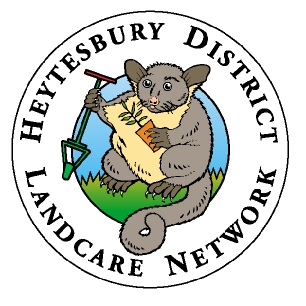Brian and Sandra Wilson are located at Mingay, 16km north of Lismore. Their 1073 hectare property runs crop (cereals, oilseed and pulses) and sheep (merino) enterprises. Approximately 700 hectares is in crop and average annual rainfall is 650 mm. Their property is a case study in the 'Soils for Life' program. Their success in cropping is due to a combination of improved drainage practices and the use of biological amendments to manage stubble.
Brian and Sandra Wilson are some of the pioneers of raised bed cropping in southwestern Victoria. By creating raised narrow raised beds in 1996, they have achieved major improvements in drainage and the structure of their soil. This led to more reliable crop yields and the production of considerable amounts of stubble. In 2002, a stubble digestion program was initiated to manage cereal stubbles, using brewed cellulose-digesting bacteria and fungi combined with grazing. The wheat stubble is now incorporated into the soil and is used to renovate the beds.
A biological blend, a mixture of brewed microbes, humates, basalt, soft rock phosphate and various trace elements, was spread to rectify soil deficiencies. As a result of the various techniques applied, the changes to the soil both physically and chemically are significant, transforming from hard setting grey clay to a red/brown non-sticky loam. The ratio of calcium to magnesium moved towards a desirable 5:1, improving the availability of phosphorus, potassium, sulphur and other nutrients. This compared to conventional practices of applying up to eight tonnes per hectare of lime, and correcting pH to around 6, which had not improved calcium levels. In addition to the improved soil health and fertility, there have been noticeable improvements in sheep weight gain.
|
|

